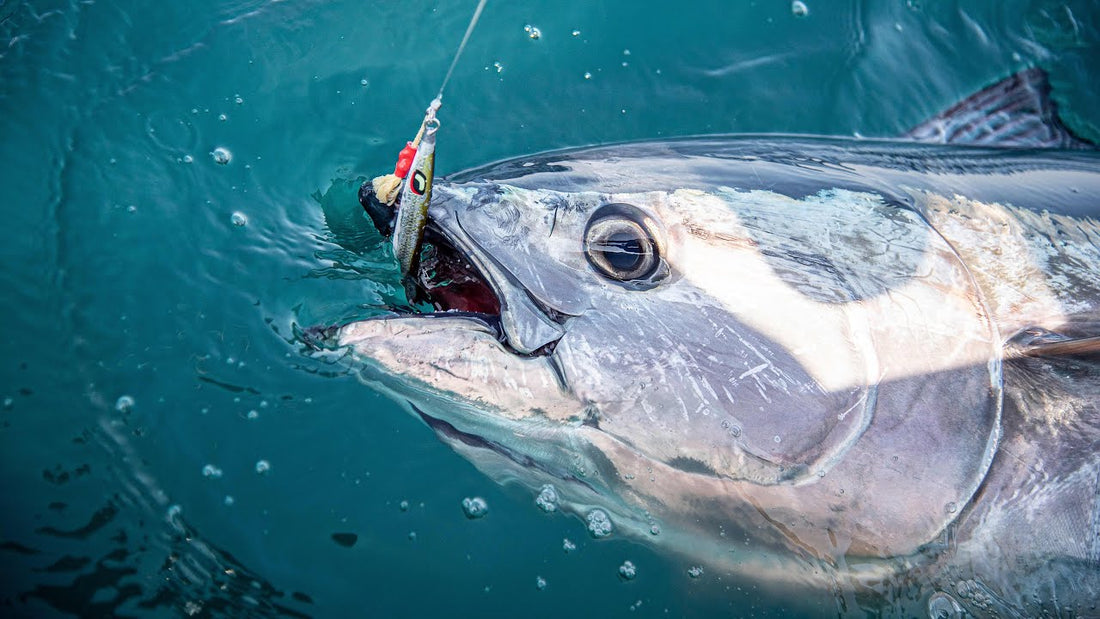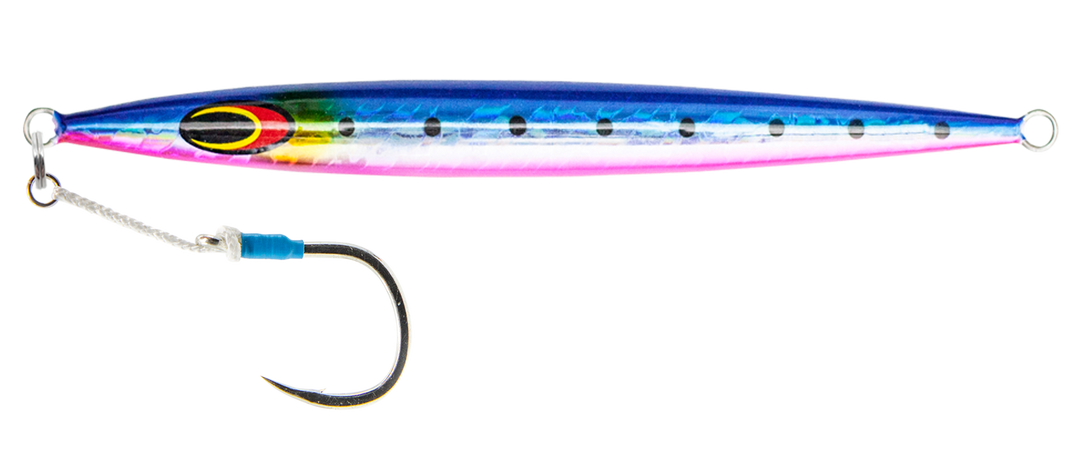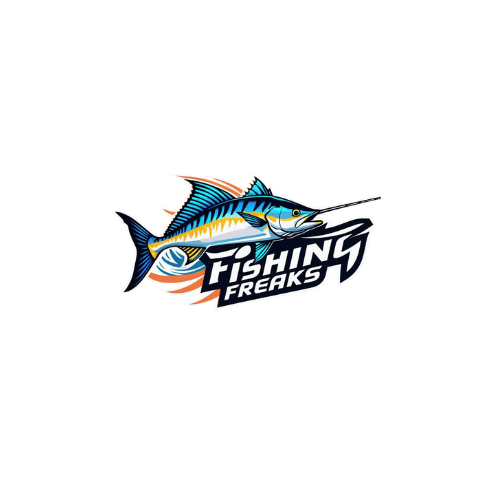
Choosing the Right Jig Shape & Color for Your Target Fish
Share
Ultimate Guide: Choosing the Right Jig Shape & Color for Your Target Fish
Jigging has become one of the most effective and thrilling techniques in saltwater fishing, especially when targeting predatory species. But to maximize your success, choosing the right jig shape and color based on your target species, depth, current, and water clarity is crucial. This guide breaks down everything you need to know like the pros.
1. Understanding Jig Shapes
Different jig shapes behave uniquely underwater. Here are the most common types:
► Flat/Leaf-Style Jigs (Flutter Jigs)
Best For: Shallow to mid-depth water, slow-falling action
Action: Wide side-to-side flutter
Ideal Species: Snapper, Amberjack, Groupers
Example: 80g-150g flat slow pitch jigs like the "Slow Slammer"
► Slim/Long Jigs
Best For: Deep water, strong currents
Action: Fast drop, minimal flutter, vertical presentation
Ideal Species: Dogtooth Tuna, Kingfish, GT, Amberjack
Example: 200g+ knife jigs for offshore jigging in 100m+ depth

► Center-Balanced Jigs
Best For: All-round use, mid-water column fish
Action: Controlled flutter, versatile speed
Ideal Species: Yellowtail, Sea Bass, Trevally, Mahi Mahi
Example: 100g-150g symmetrical jigs like the "Tuna Skin"
► Bullet/Nose-Weighted Jigs
Best For: Fast currents, aggressive species
Action: Quick drop, darting motion
Ideal Species: Mackerel, Barracuda, Fast pelagics
Example: Compact jigs with low center of gravity
2. Choosing the Right Jig Color
Color plays a major role in visibility and attraction. Here’s how to match the conditions:

► Clear Water
Best Colors: Natural shades like silver, sardine, anchovy patterns
Reason: Imitates real baitfish and avoids spooking cautious fish
Target Fish: Yellowtail, Sea Bass, Snapper
► Murky or Deep Water
Best Colors: Glow, pink, chartreuse, UV-reflective
Reason: High visibility in low-light conditions
Target Fish: Grouper, Amberjack, Tuna
► Low Light / Night
Best Colors: Full glow, luminous green or blue
Reason: Attracts fish through bioluminescent-like effect
Target Fish: Night-time Snapper, Deep Sea Tuna
3. Match the Hatch – Consider Local Baitfish
Always consider what fish are feeding on:
If baitfish are small & fast: Use slim jigs in sardine or anchovy colors
If baitfish are injured or slow: Use wide flutter jigs in pink or holographic
During squid runs: Try dark purple or UV red jigs with slow pitch action
4. Recommended Jig Setups by Fish Type
| Target Fish | Jig Type | Color Suggestions | Weight Range |
|---|---|---|---|
| Snapper | Flutter jig | Pink, glow, silver | 80g-150g |
| Grouper | Center-balanced | Glow, UV, chartreuse | 150g-250g |
| Amberjack | Long slim jig | Blue, UV, pink silver | 150g-300g |
| Yellowtail | Center-balanced | Sardine, silver/blue | 100g-200g |
| Tuna | Knife/bullet jig | Luminous, blue-pink, silver | 200g-400g |
| Trevally | Flutter or long | Green, blue-pink, white | 120g-200g |
| Mahi Mahi | Fast-fall center | Chartreuse, sardine, gold | 100g-180g |
Final Pro Tips from Pro Anglers
1. Start light, go heavier – Begin with smaller jigs to detect reaction, then upgrade weight.
2. Let the jig do the work – Slow pitch jigs are all about rhythm, not speed.
3. Keep changing – If one shape or color doesn't work, rotate quickly. Fish respond differently day to day.
4. Use quality assist hooks – Factory hooks are often weak. Upgrade to high-quality ones for big game.
Conclusion
Choosing the right jig is a balance of science, instinct, and experience. By understanding shape, weight, and color relevance, and matching them with fish behavior and water conditions, you can dramatically improve your catch rate.
Whether you’re just getting into jigging or aiming to become a pro, keep testing, keep learning — and let the fish tell you what they want.
